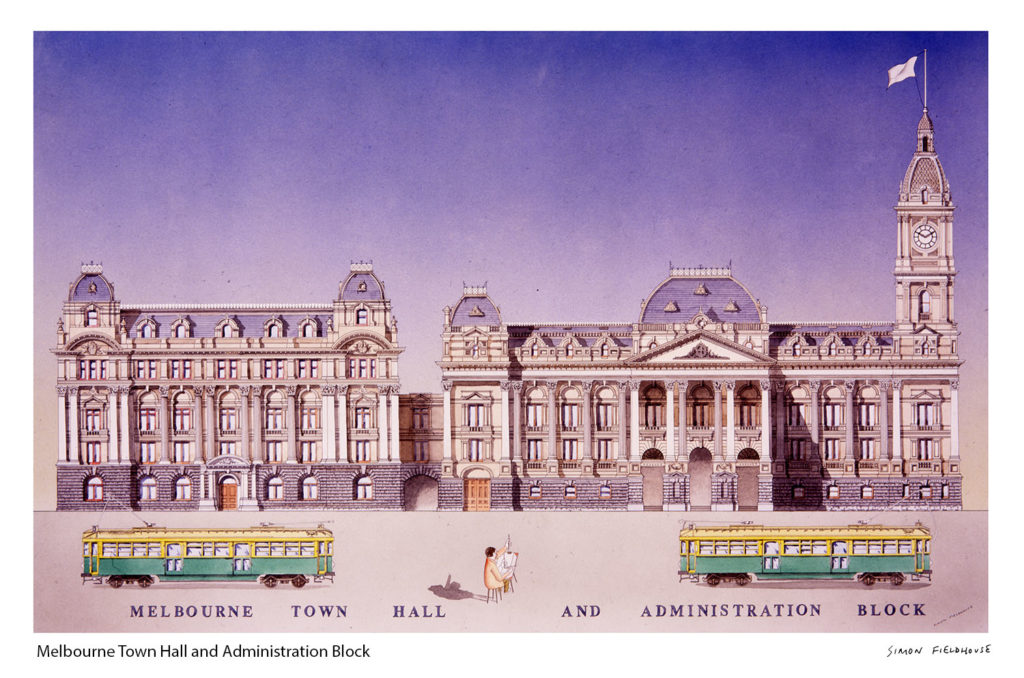
Melbourne Town Halls
There are a large number of historic Melbourne Town Halls throughout Melbourne and the suburbs. Most of these have ornate clock towers and were once the hub of social activity in each respective area. Most of them have largely fallen into outdated public venues.
Melbourne Town halls was officially incorporated as a town on 13 December 1842, with Henry Condell as its first Mayor. However, it wasn't until 1854 that its first Town Hall was completed. Begun in 1851, the work ground to a halt with the beginning of the Victorian gold rush. The foundation stone of a new, grander Town Hall was laid on 29 November 1867 by the visiting Prince Alfred, Duke of Edinburgh, after the demolition of the first. The current Town Hall officially opened on 9 August 1870 with a lavish ball, which was personally funded by the Lord Mayor Samuel Amess.
The foundation stone of the additional front portico was laid in 1887, and Sir Henry Weedon laid the foundation of the administrative annex building on 27 August 1908.
In 1925, a fire destroyed a large part of the town hall, including the main auditorium and pipe organ. It was rebuilt and enlarged, extending east over the site previously occupied by the Victoria Coffee Palace, an early temperance hotel frequented by Melbourne's power brokers. The rebuilt section lost some of Reed's original flourishes including the elaborate mansard roof.
In 1964, The Beatles attended a civic reception at the Melbourne Town Hall. "Outside 20,000 teenagers had gathered to obtain a glimpse of the pop idols. Again, frenzied and hysterical cheering and uncontrollable screaming erupted when the Beatles emerged."
The Town Hall was designed by the famous local architect Joseph Reed and Barnes, in the Second Empire style. Reed's designs also included the State Library of Victoria, the Royal Exhibition Building, and Melbourne Trades Hall.